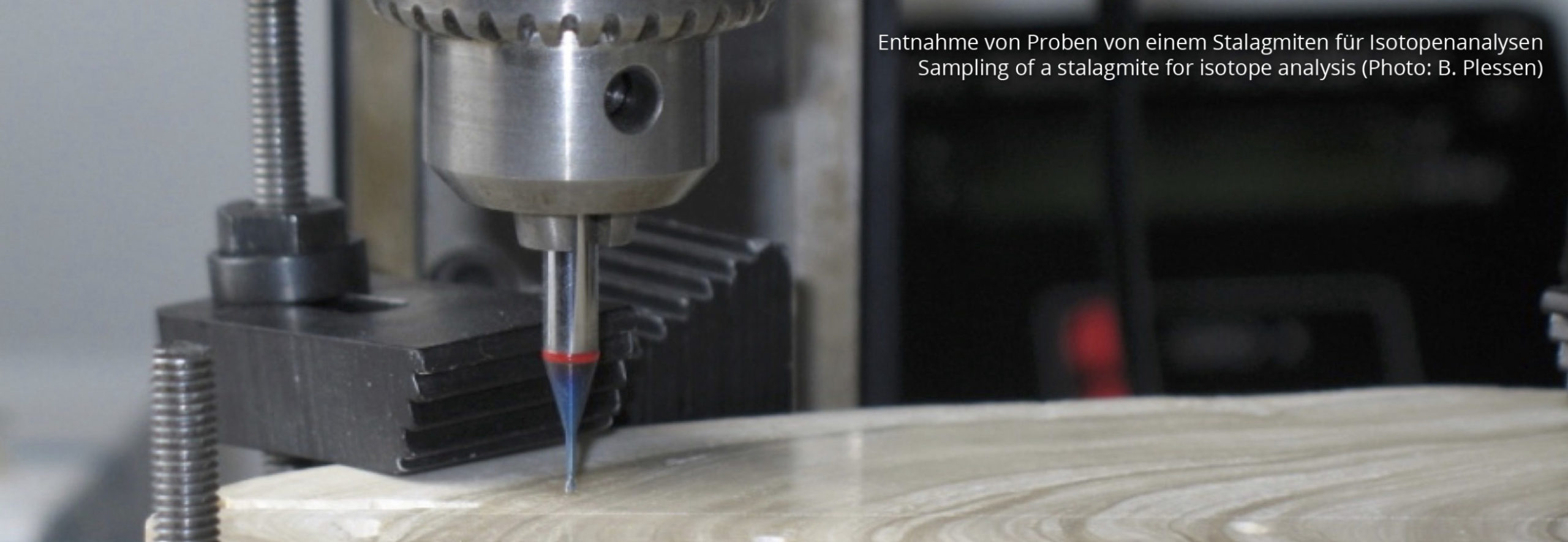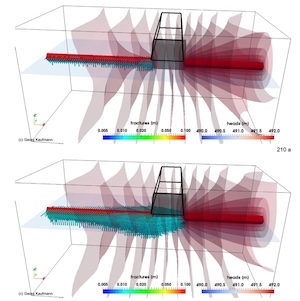@inproceedings{kaufmann2019egu,
title = {Karst and trains: The challenge of railway tunneling},
author = {Georg Kaufmann and Douchko Romanov},
url = {https://bbh.pik-potsdam.de/wp-content/uploads/2021/04/EGU2019-3554.pdf},
year = {2019},
date = {2019-04-08},
booktitle = {Geophysical Research Abstracts},
volume = {21},
pages = {EGU2019-3554},
abstract = {Tunnel construction offers unique insights into the interior structure of landscapes. Soluble rocks encountered during tunnel construction, however, pose a substantial challenge. Especially classical karst rocks such as limestone, dolomite, gypsum, and above all anhydrite, are unpredictable during tunnel excavation. The enlarged voids created by the long-term dissolution of the soluble rocks in contact with water and the hydration of anhydrite with the sub-sequent precipitation of gypsum during the drilling pose risks because of possible uncontrollable water inflow and of instability of the encountered cave voids, which often requires expensive remediation measures.
We report on a high-speed railway tunnel in Germany along the line Berlin-Munich. The Blessberg-Tunnel, about 8,3 km long, mainly traverses Ordovician quarzites and shales, but along its southern end it crosses the Frankonian line, a major fault zone, with Triassic limestones on the southern part of the fault. Here, a substantial active water cave, the Blessberg Cave, has been encountered during tunnel construction.
We attempt to explain the karst features along the Frankonian line, the evolution of active water caves in the Triassic limestones south of the fault, and try to assess the effect of consolidation measures taken to stabilise the tunnel cross section in vicinity of the cave and its longer-term stability.},
keywords = {},
pubstate = {published},
tppubtype = {inproceedings}
}

